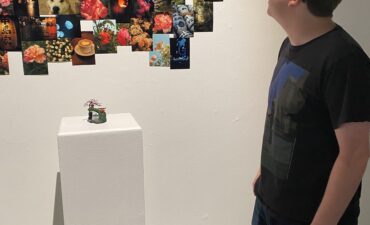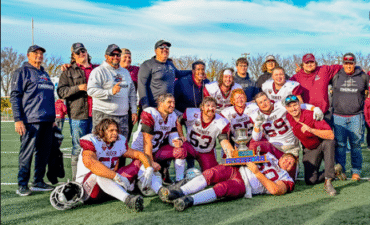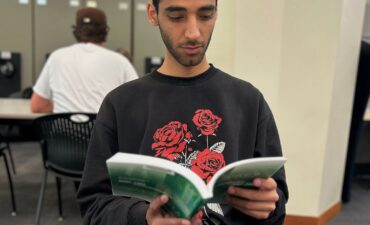
Cowessess First Nation lifted its boil water advisory, but the residents have had enough of their muddy waters. They still don’t trust the quality of the water and are split on the role the Trudeau government played in removing the advisory.
“Pathetic sometimes,” Melvin Delorme, Cowessess resident said “Filled the bathtub up, everything was green, drained my tub the next morning and it was like [expletive] . . . She washed her white clothes, they came out brown.”
Delorme does not have much trust in the water: “I have a 50/50 on that . . . I just came from my uncle’s; he’s having stomach problems, so who knows?”
Cowessess Elder Myrna Delorme doesn’t even use her local water anymore and questions the Trudeau government’s role in removing the advisory. First Nations like Cowessess fall under the jurisdiction of the federal government.
“You see Trudeau carrying jugs to give these people,” said Myrna, “but what did he do to help them to overcome this boil water advisory, to give them some good drinking water like we once had? He didn’t do anything.”

Chad Westmacott, senior director of the Strategic Water Management Team for the federal government, disagrees.
“We are at the moment now of having the lowest number of long-term drinking water advisories on public system on reserve since we’ve been keeping track from over a decade ago,” Westmacott said from his Ottawa office.
According to the federal government, four per cent of advisories in 2017 were due to E. coli, 13 per cent were due to other microbiological issues and 83 per cent were due to equipment and process-related problems. Cowessess falls into the final category.
Cowessess’ advisory came into effect in early 2016 and was lifted in June 2018.
“It’s lifted only because the water quality is good, meeting the standards that exist” Westmacott said. “It is potable, clean, reliable water and there are little risks – there are no risks into drinking that water because all of the risks have been addressed going through the process.”
Ira Aisaican, Cowessess’ back-up water treatment operator, questions the Trudeau government’s promise to end all long-term advisories effecting public systems on First Nations by March 2021.
“I think that was a big challenge to take on to end the boil water advisories on the First Nations . . . I don’t think they’ll do it,” Ira said. “You don’t gain that trust back in the water. It might take years before they’ll even drink the water.”
“The quality of the water to me is still not there. If I was talking to chief and council I would say, ‘devote a little more dollars to the water treatment plant and the workers you have working there, if you want consistent good water.’ ”

Richard Aisaican, Cowessess councillor, said the water “smelled like bleach, or chlorine,” which convinced him to voice concerns about the water treatment plant.
“The upkeep of the water treatment plant was not done properly,” said Richard. “I’m not sure why the membranes weren’t cleaned out or the basic maintenance hadn’t been done. The [previous council] got rid of the testing, they got rid of some of the employees. . . That’s a challenge for [our current] council to overcome.”
“There really isn’t anything that I see that we could have done better.”
Unlike some of his fellow Cowessess residents, Richard is impressed by the Trudeau government.
“Things changed when the Liberal government came, because they’re more into reconciliation,” he said. “So that was addressing the water issues in First Nations communities.”
But, even he lacks confidence in the water.
“We didn’t want to lift the boiled water advisory, because we’re just not certain it was safe,” said Richard. “It’s just unfortunate that we had to lift it, when we weren’t really truly confident . . . the boiled water advisory was on so long, and we know that there was issues with the system itself . . . it’s always a Band-Aid solution, and lifting the boiled water advisory, it could have gone back up the next day. . . It’s too inconsistent, undependable.”
“It’s a real embarrassment to have to deal with.”















